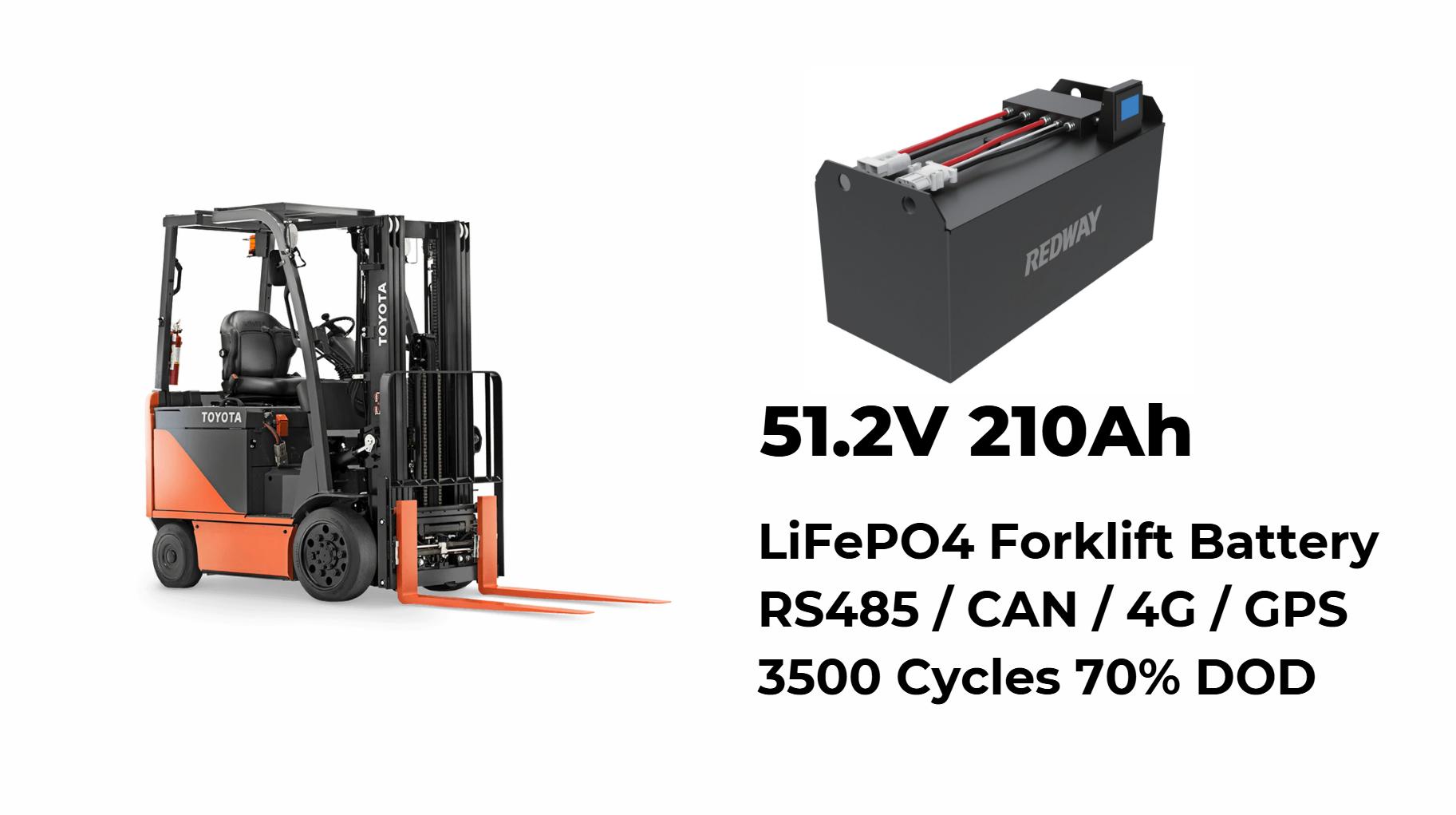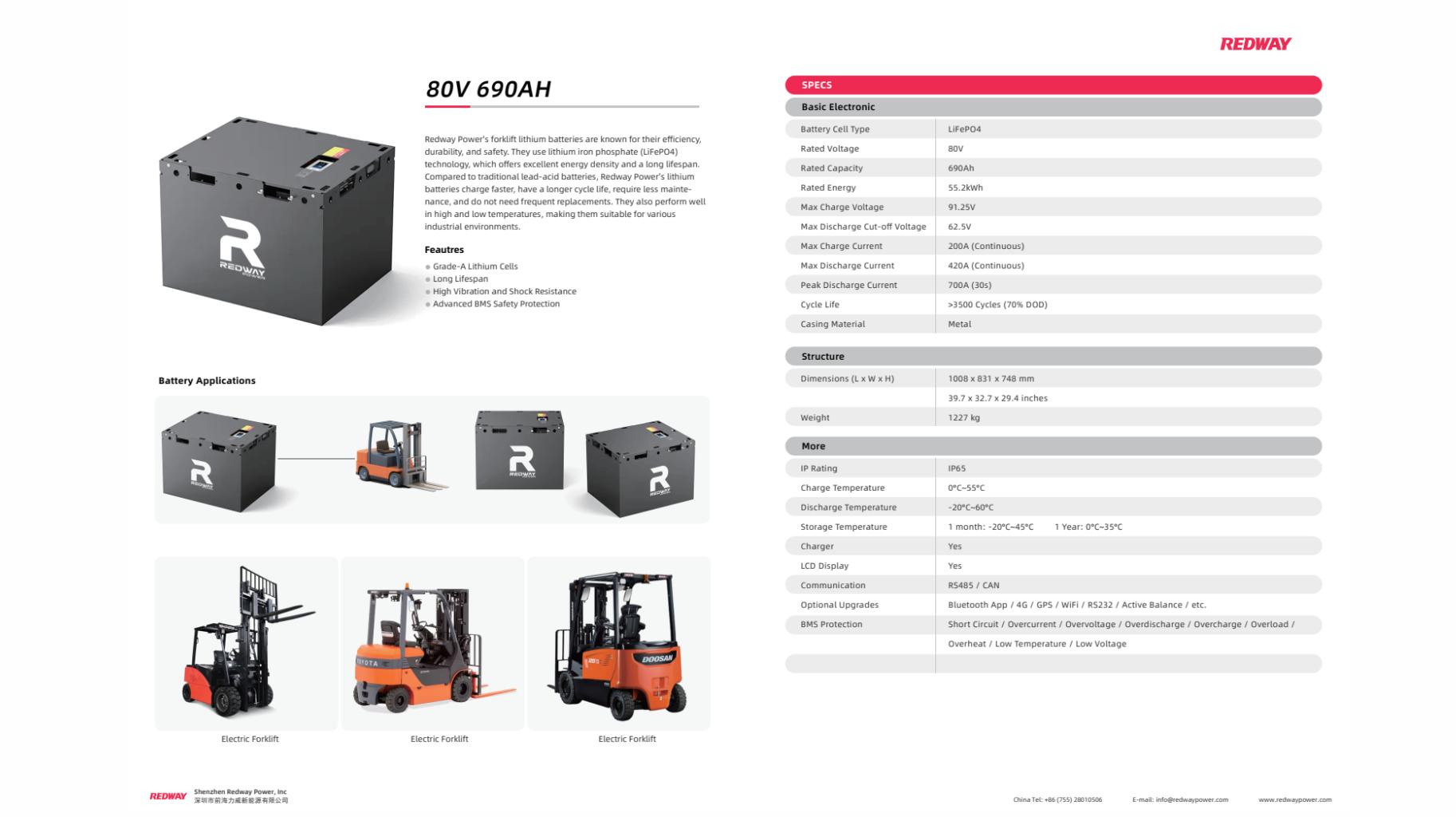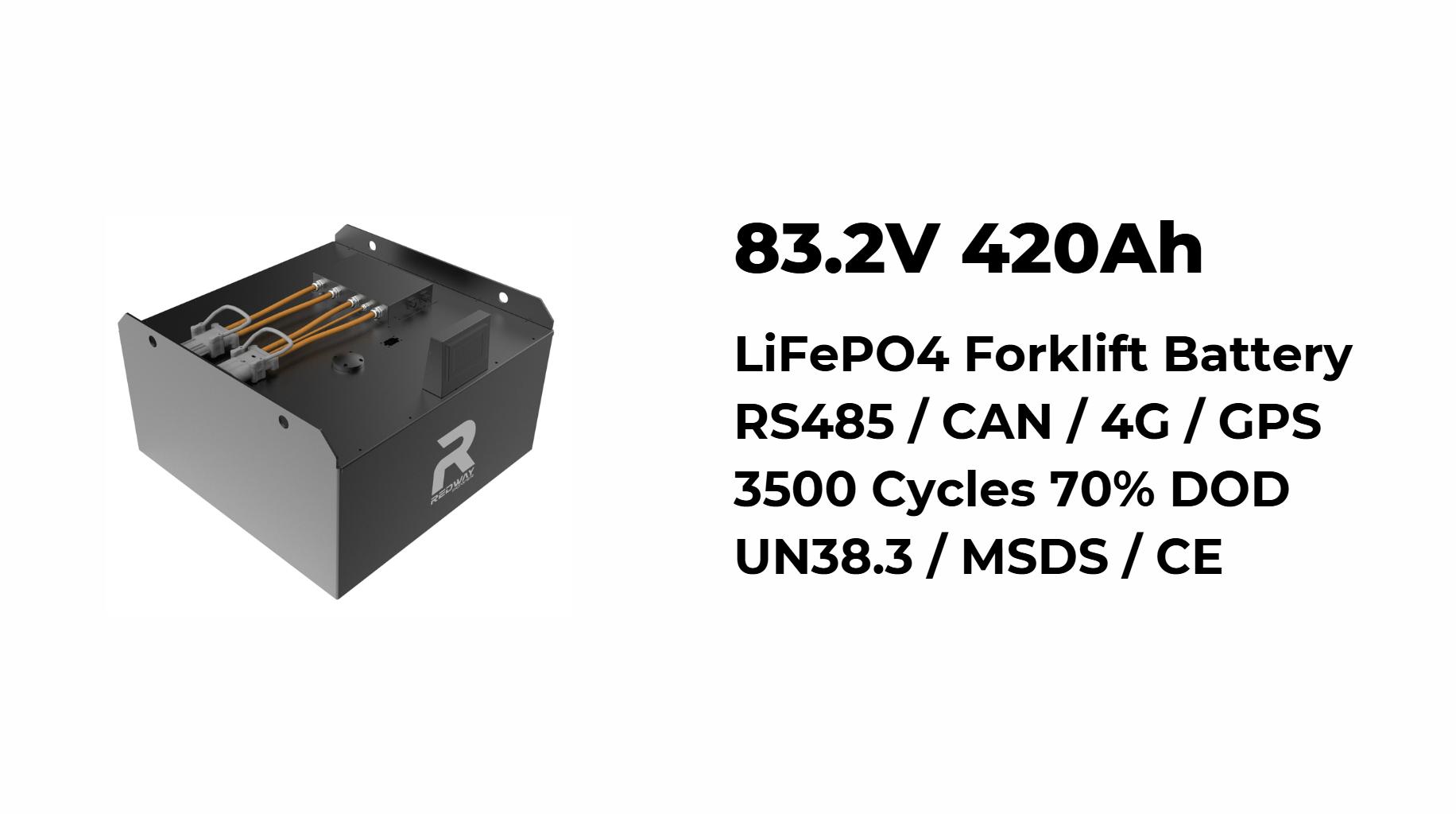Which Is Better: Wiring Batteries in Series or Parallel?
Series battery wiring involves connecting batteries end-to-end, where the positive terminal of one battery connects to the negative terminal of another. This configuration increases the total voltage while maintaining the same capacity (amp-hours). For example, connecting two 12V batteries in series results in a 24V system. Also check: What Are the Advantages of Connecting Inverters in Parallel?
Chart: Characteristics of Series Battery Wiring
| Feature | Description |
|---|---|
| Voltage | Increases with each additional battery connected |
| Capacity | Remains constant (same as a single battery) |
| Applications | Ideal for high-voltage requirements |
What Is Parallel Battery Wiring and Its Characteristics?
Parallel battery wiring connects all positive terminals together and all negative terminals together, resulting in a configuration that maintains the same voltage while increasing overall capacity (amp-hours). For instance, connecting two 12V batteries in parallel will still provide 12V but with double the capacity.Chart: Characteristics of Parallel Battery Wiring
| Feature | Description |
|---|---|
| Voltage | Stays constant (same as a single battery) |
| Capacity | Increases with each additional battery connected |
| Applications | Suitable for applications requiring extended runtime |
How Do Series and Parallel Configurations Compare in Performance?
The choice between series and parallel configurations depends on specific power needs:
- Series Configuration: Increases voltage output, making it suitable for applications requiring higher voltage.
- Parallel Configuration: Increases capacity, allowing devices to run longer without needing a recharge.
Chart: Comparison of Series vs. Parallel Performance
| Aspect | Series Configuration | Parallel Configuration |
|---|---|---|
| Voltage | Higher | Same |
| Capacity | Same | Higher |
| Ideal Use | High-voltage devices | Long runtime devices |
What Are the Pros and Cons of Using Series Wiring?
Using series wiring has several advantages:
- Higher Voltage Output: Essential for powering high-voltage equipment.
- Simpler Setup: Fewer connections required compared to parallel setups.
However, there are also drawbacks:
- Single Point of Failure: If one battery fails, it can disrupt the entire circuit.
Chart: Pros and Cons of Series Wiring
| Pros | Cons |
|---|---|
| Higher voltage | Single point of failure |
| Simpler setup | Limited capacity |
What Are the Pros and Cons of Using Parallel Wiring?
Parallel wiring offers distinct benefits:
- Increased Capacity: Allows longer runtimes by combining capacities.
- Redundancy: If one battery fails, others can still provide power.
On the downside:
- Lower Voltage Output: Not suitable for high-voltage applications.
Chart: Pros and Cons of Parallel Wiring
| Pros | Cons |
|---|---|
| Increased capacity | Lower voltage |
| Redundancy | More complex setup |
Can Incorrect Wiring Lead to Equipment Damage?
Yes, incorrect wiring can lead to significant damage to equipment due to overvoltage or inadequate current supply. It is crucial to ensure that batteries are wired correctly according to their specifications to prevent potential hazards.
How Do Different Battery Types Influence Wiring Choices?
Different battery types (e.g., lead-acid, lithium-ion) have unique characteristics that can influence wiring choices. For example, lithium-ion batteries often have built-in management systems that handle balancing across cells, making them suitable for both series and parallel configurations.
Conclusion
In conclusion, deciding whether to wire batteries in series or parallel depends on specific application requirements such as voltage needs or desired runtime. Understanding these configurations allows users to optimize their battery systems effectively.
FAQ Section
- What is series battery wiring?
Series wiring connects batteries end-to-end to increase voltage while keeping capacity constant. - What is parallel battery wiring?
Parallel wiring connects all positive terminals together, increasing capacity while maintaining voltage. - Can incorrect wiring damage my equipment?
Yes, incorrect wiring can lead to overvoltage or insufficient current supply, potentially damaging your equipment.











